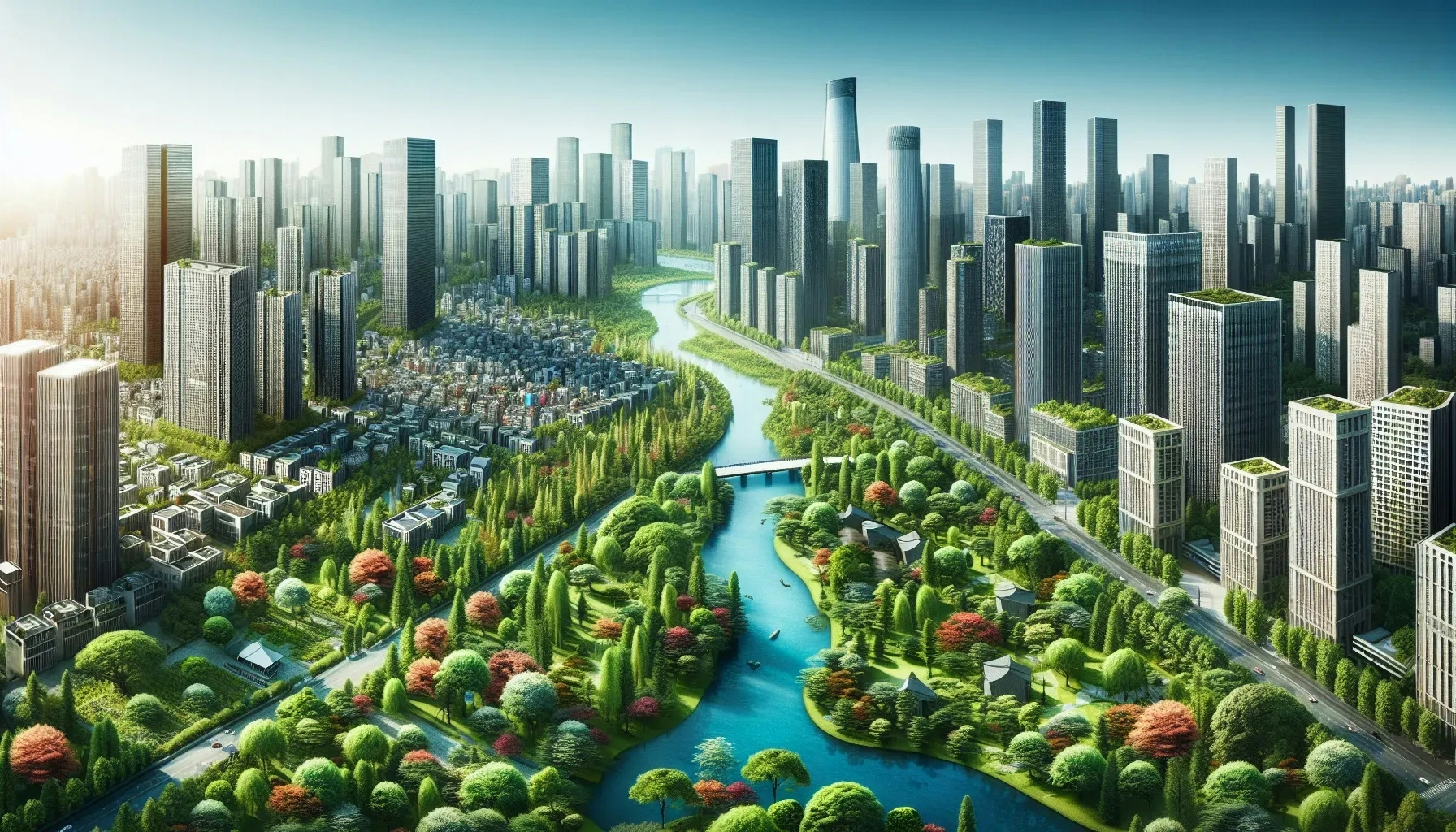How Do You Balance Natural Landscape Preservation With Urban Development Demands?
Architect Today

How Do You Balance Natural Landscape Preservation With Urban Development Demands?
Urban development and natural preservation often find themselves at odds, but our Landscape Architect and Urban Designer experts have some compelling strategies. From innovative urban planning to strategizing codes for natural preservation, here are the top four examples they've shared on balancing these critical aspects.
- Innovative Urban Planning for Sustainability
- Design Buildings with Nature in Mind
- Create Access, Protect Natural Environments
- Strategize Codes for Natural Preservation
Innovative Urban Planning for Sustainability
Balancing the demands of a growing urban population with the preservation of the environment is a complex challenge that requires thoughtful planning, innovative design, and a commitment to sustainable practices to minimize environmental impact. Challenges can be addressed by integrating social, economic, and environmental considerations into the planning process and applying key design principles.
Compact city planning encourages mixed-use developments, preservation and enhancement of green infrastructure, and designing buildings with high-energy performance standards. Striking a balance between growth and environmental impact requires a long-term vision, collaboration, and ongoing monitoring and evaluation. We can build cities that are resilient, livable, and environmentally responsible for current and future generations.
Design Buildings with Nature in Mind
How a building is designed and integrated into a site is of critical importance to preserving the natural environment. Instead of thinking of the natural environment as a constraint, consider it as a challenge—and embrace the design objective of providing density while also protecting nature. There is often more than one solution, and it takes thinking outside the box to really achieve a successful project.
Some of our most successful examples look at building up with appropriate setbacks and setbacks, eliminating or minimizing parking in favor of landscaped/amenity space, integrating nature as a central feature of a project, integrating sustainable elements into the overall design, and brownfield remediation as a means of providing for safe and healthy futures.

Create Access, Protect Natural Environments
Balancing natural landscapes with urban development has become more important than ever. People are accessing nature in unprecedented numbers, and it is up to us, as designers, to help protect these critical environments. By creating access without doing harm, it allows people to become immersed in nature while utilizing its solutions for stormwater, soils, and carbon sequestration.
Our company completed the first Sustainable Sites project in the state of Idaho back in 2017. By certifying the project through GBCI, we were aware of some of the benefits. But one of the unexpected benefits was that the campus's bee club saw an increase of more than double the honey production it had ever produced. The tenants on the campus were able to access the now-natural areas, but nature was already taking back what had previously been turned into unused lawn.
Strategize Codes for Natural Preservation
This is never an easy answer and often must be worked on from multiple angles. This includes addressing development code so that subdivisions have the option for smaller lots that leave a natural area for preservation and recreation, addressing any conflicts between stormwater regulations and preservation of natural areas, providing examples for developers to meet existing code while producing a greener project, and building in incentives for developers to opt for preservation in exchange for relief in other areas. Additionally, enforcement of preservation requires adequate city staff resources, especially staff with expertise in arboriculture or another relevant area.